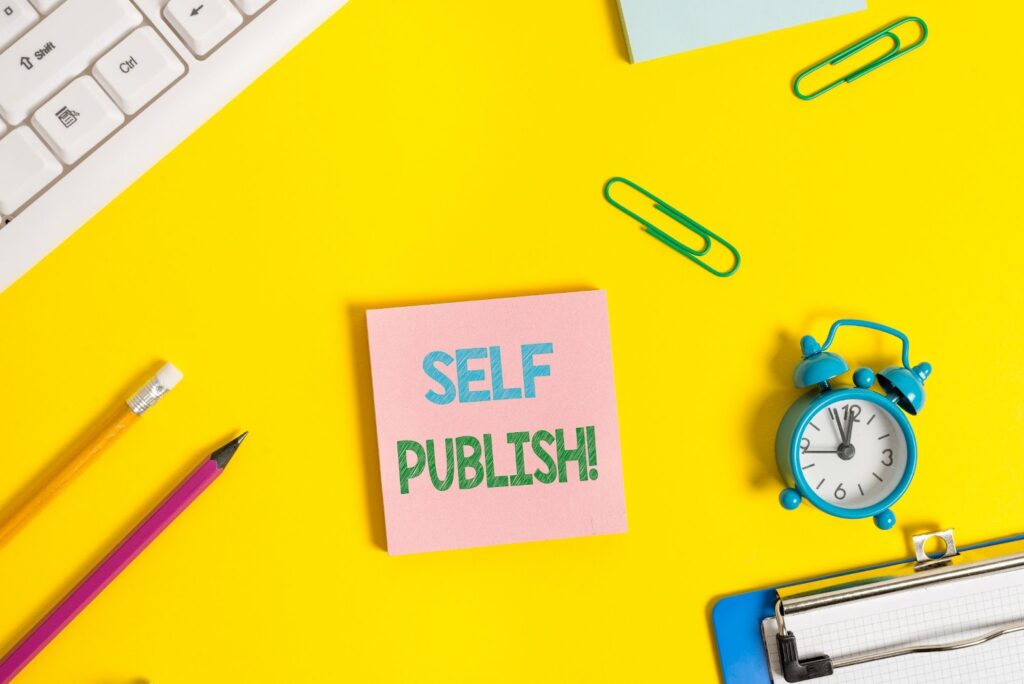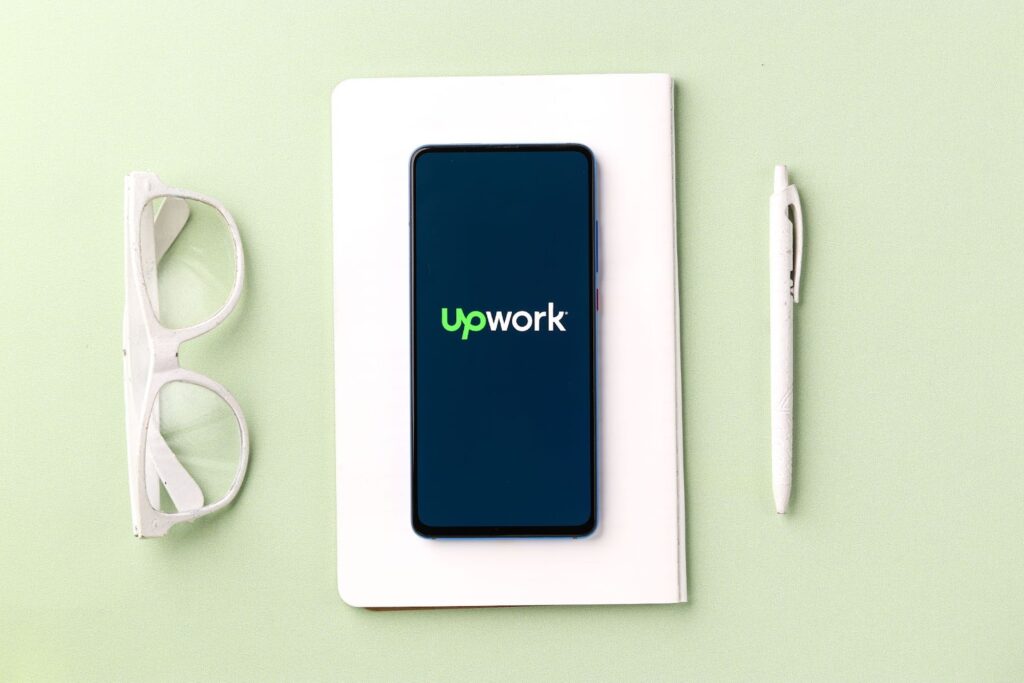Self-publishing—it’s not just for wannabe authors who couldn’t get a book deal if their last name was HarperCollins. In fact, self-publishing is becoming a booming billion-dollar industry, giving traditional publishing a run for its money.
This is, of course, all thanks to Amazon, which has revolutionized the publishing industry by making it obtainable for the masses via e-books and print-on-demand, plus the world’s biggest online marketplace to showcase it all.
But forget about traditional authorship for a second, because I’m not here to talk about toiling away for months on end in an attempt to write a best-selling novel. In fact, I’m not talking about writing books at all.
What I’m talking about here is creating a scalable passive income publishing business.
Scalable means that to create meaningful income in the shortest possible time frame you’ll need to produce many books at once, and passive means that outsourcing the most laborious parts of the process—including the book creation itself—you’ll minimize the time you’ll need to spend on your publishing business.
(This post contains affiliate links, which means—at zero cost to you—I will earn a small commission if you click through and make a purchase. Thank you for your support!)
5 Reasons the Self-Publishing Business Model Is So Appealing
If you’re thinking about venturing into self-publishing, you’re in good company! The self-publishing business model has been making waves in recent years, and it’s easy to see why. Here are 5 reasons that make self-publishing more appealing than going through a traditional publisher.

1. There’s a Very Low Barrier to Entry
It’s pretty amazing how easy it is to get started with self-publishing these days. With just a few clicks, anyone can create a free Kindle Direct Publishing (KDP) account and dive right into the self-publishing world. No need for a fancy website or a massive email list to get started as a self-published author.
The self-publishing model offers enormous opportunities for authors and entrepreneurs just like you to get your work out there, bypassing the often daunting traditional publishing process. With self-publishing you’re opening a door to endless possibilities and taking charge of your own publishing journey.
2. It Requires No Special Technical Knowledge, Formal Education, Writing, or Design Expertise
Self-publishing is a great opportunity for aspiring authors and go-getter entrepreneurs who want to dive into the world of publishing without needing to be tech-savvy, literary geniuses or design gurus. The best part? You can break down the entire process into bite-sized chunks and get help from experienced professionals to take care of most of the heavy lifting.
Not a writer, or just too busy to write? No problem! You can hire a freelance writer to whip up amazing content for you. Websites like Upwork and Freelancer, and writer-focused platforms like Reedsy can connect you with talented writers specializing in all sorts of topics. They’ll help you turn your brilliant ideas into a well-crafted manuscript that your readers will adore.
Got the writing part down but need help with design? You’re in luck! There are plenty of freelance graphic designers out there who can create stunning book covers that will make readers do a double-take. Check out websites like Fiverr, 99designs, or DesignCrowd to find the perfect designer who can bring your vision to life. For more on outsourcing your book design, check out How To Outsource The Design of Your Low-Content Books.
Last (but definitely not least) let’s talk about book marketing and promotion. Your book deserves to be discovered, and you can either learn the ropes yourself or get help from book marketing pros or virtual assistants. Reedsy can hook you with a book marketer or publicist who can manage your marketing and advertising campaigns to make sure your book gets the spotlight it deserves.

3. Small Upfront Investment
Embarking on the self-publishing journey is surprisingly affordable, making it an attractive option for aspiring authors and entrepreneurs alike. Unlike traditional businesses that can require hefty upfront costs, starting your own self-publishing company allows you to get started with minimal financial commitment.
Outsourcing certain pieces of the self-publishing process such as manuscript-writing, design, etc., will incur costs upfront, but the startup cost is otherwise close to nothing.
4. Quickly and Easily Scalable
The self-publishing business model is incredibly adaptable and scalable, making it an attractive option for those looking to grow their income streams. Once you’ve mastered the process of creating self-published books, you can seamlessly expand your portfolio and produce multiple books at the same time, creating a reliable and steady flow of personal income.

5. No Inventory or Customer Service Required
One of the best parts about the self-publishing business model is that you don’t have to stress about inventory management or customer service, unlike a lot of e-commerce businesses out there. This means you can concentrate on creating awesome content and getting the word out without getting tangled up in logistics.
Self-Publishing 101
Now that you understand 5 of the biggest reasons the self-publishing model is so appealing, let’s get into the basics of how to get started.
The Self-Publishing Process in a Nutshell
For brevity’s sake, here’s the entire self-publishing business model summed up:
- Choose a book topic based on a popular trend you uncovered on Amazon
- Hire a writer on a freelancing platform such as Upwork to write the book
- Hire a designer on a gig platform such as Fiverr to design your book cover
- Publish the book on Amazon’s KDP (Kindle Direct Publishing) platform
- Promote the book via book promotion websites, social media posts, and/or Facebook ads (in other words, market your book)
- Repeat the process until you’ve got dozens of books generating recurring monthly royalties (i.e., passive income)
What to Publish
So, what kind of books are we talking about here, and which ones are the easiest to get started with? E-books? Print Books? Fiction? Nonfiction?
I got my start with nonfiction ebooks, mainly because that’s what I was encouraged to do by those teaching the self-publishing business model online.
It made sense to start here because there’s an absolutely huge demand for books in the health and wellness, how-to, and self-help categories. The big trends in these categories are usually easy to spot when browsing the Amazon store and doing any sort of competitive analysis.
Can Anyone Write a Book?
This may surprise you, but you don’t necessarily need an “expert” to pen a great book in a specific category. As long as the content provides more information than the reader already knows, you’re ticking the right boxes and meeting their needs.
However, it’s super important to find a top-notch writer who can deliver high-quality content. Sadly, the self-publishing world is filled with subpar books crafted by people just trying to make some quick cash on the side. Don’t be one of those people! Take your time, invest in a talented writer if needed, and ensure you’re putting out a quality book that you can be proud of.
Once you’ve had success with a particular topic you can expand your offering into an entire series.
For example, did you publish a Keto Diet Cookbook? Try publishing a Keto Diet Slow Cooker Cookbook followed by a Keto Diet Dessert Cookbook.
Did you start off with a Guide to Living Off The Grid? Consider following up with a guide to canning or raising your own chickens.
Publishing Fiction eBooks
One of the best perks of publishing fiction is the chance to build a dedicated fan base around a pen name in a specific niche. Let’s say you’re into romance—readers who love this genre can’t get enough of it! They’ll devour every book that fits their taste and eagerly anticipate the next release from their favorite authors. If you manage to captivate these readers, they’ll stick around as loyal, repeat customers for as long as you keep the books coming. Pretty awesome!
On the flip side, publishing fiction books can also have some challenges. As you can imagine, the competition in certain niches can be pretty steep, and building a fan base can take time.
Despite these challenges, publishing fiction eBooks can be an incredibly fulfilling experience. By staying focused on your goals and overcoming these hurdles, you’ll be well on your way to creating a successful and rewarding career as a fiction author.

Publishing Low-Content Books
Publishing nonfiction and fiction ebooks can be incredibly lucrative—I’ve made tens of thousands of dollars doing it myself in just a few hours a week in my spare time—but these days I’ve moved away from both nonfiction and fiction in order to focus exclusively on low-content books, where I’ve now made 6 figures.
What Are Low-Content Books?
Just like it sounds, low-content books have little to no text or images and are generally repetitive in nature. Here are a few examples:
- journals and diaries
- notebooks
- daily planners
- bullet journals
- manuscript paper
- coloring books
These types of books are the easiest way to get started with self-publishing because they:
- Take very little time to produce. Rather than wait for a writer to spend 1-3 weeks writing a full-length book, you can publish a simple lined journal in as little as a day.
- Require no special technical knowledge, writing, or design expertise to create. There’s no writing involved, and you can create them yourself in a simple program like Microsoft Word or PowerPoint. If you’re really uncomfortable creating the book yourself you can cheaply outsource its creation to someone else.
- Require little to no upfront investment. You can create the book yourself for free or pay someone else as little as $10-$15 to create the book for you.
- Require zero paid advertising, marketing efforts, or major upkeep once they’ve been published. Once you’ve created and published your book you now have a royalty-generating asset that will continue to pay you monthly income for as long as your book remains for sale and in demand.
- Are quickly scalable even without outsourcing. Unlike nonfiction and fiction books, which absolutely require that you outsource the work to scale quickly, low-content books are so quick and easy to create that you can produce many of them yourself in a short amount of time. In addition, you can reuse interior files, cutting your production time even further. For example, you can create a single lined journal interior file and use it to create as many different lined journals as you want; you just have to create a new cover for each one.
- Have the highest profit margins. Because you don’t need to outsource their creation, your expenses will be much lower, meaning your profit margins will be much, much higher.

Jumping into the self-publishing world is a thrilling adventure, and who could resist the temptation to grab a piece of that delicious pie? In my quest to find online business opportunities, I’ve yet to discover another path that offers passive income with such a small initial investment and relatively quick results.
But let’s be real, there’s a fair amount of work, risk, and inevitable setbacks along the way.
To make your self-publishing endeavor flourish, you’ve got to approach it like the genuine business it is—no shortcuts or get-rich-quick fantasies here. Success in this field requires time, patience, commitment, a willingness to learn and expand your skill set, perseverance, and a go-getter attitude.
The silver lining is that you can kick off your self-publishing journey with just a few hours each week, even while working your regular job—which is exactly how I started!
My personal suggestion? Begin with low-content books. They’re honestly the quickest and most straightforward way to build the foundation of your self-publishing empire.
If you want to learn how to publish other types of low-content books like journals and planners, be sure to download my free guide, 3 Steps to Publishing Your First Low-Content Book in Less Than a Day.
To help you get started, also check out:
- 5 Must-Haves for Low-Content Publishing Success in 2023,
- How to Start Your Own Self-Publishing Company
- The Top 5 Low-Content Publishing Mistakes
For additional support, join my free Facebook Group, Low-Content Profits.
